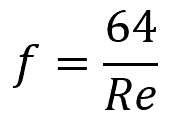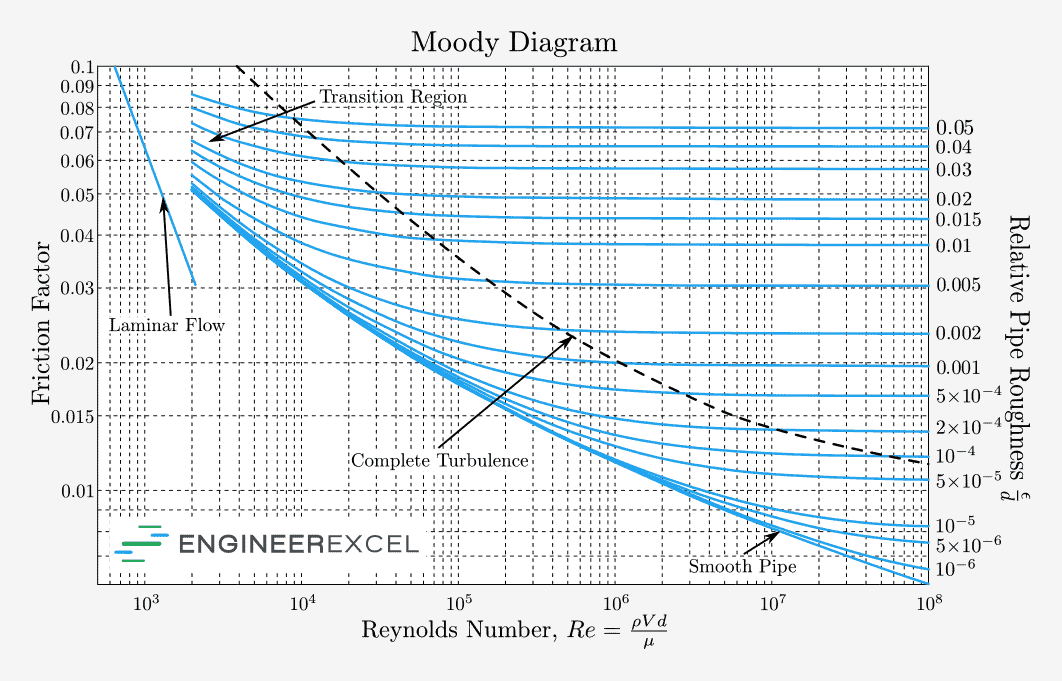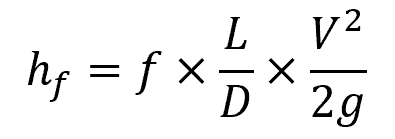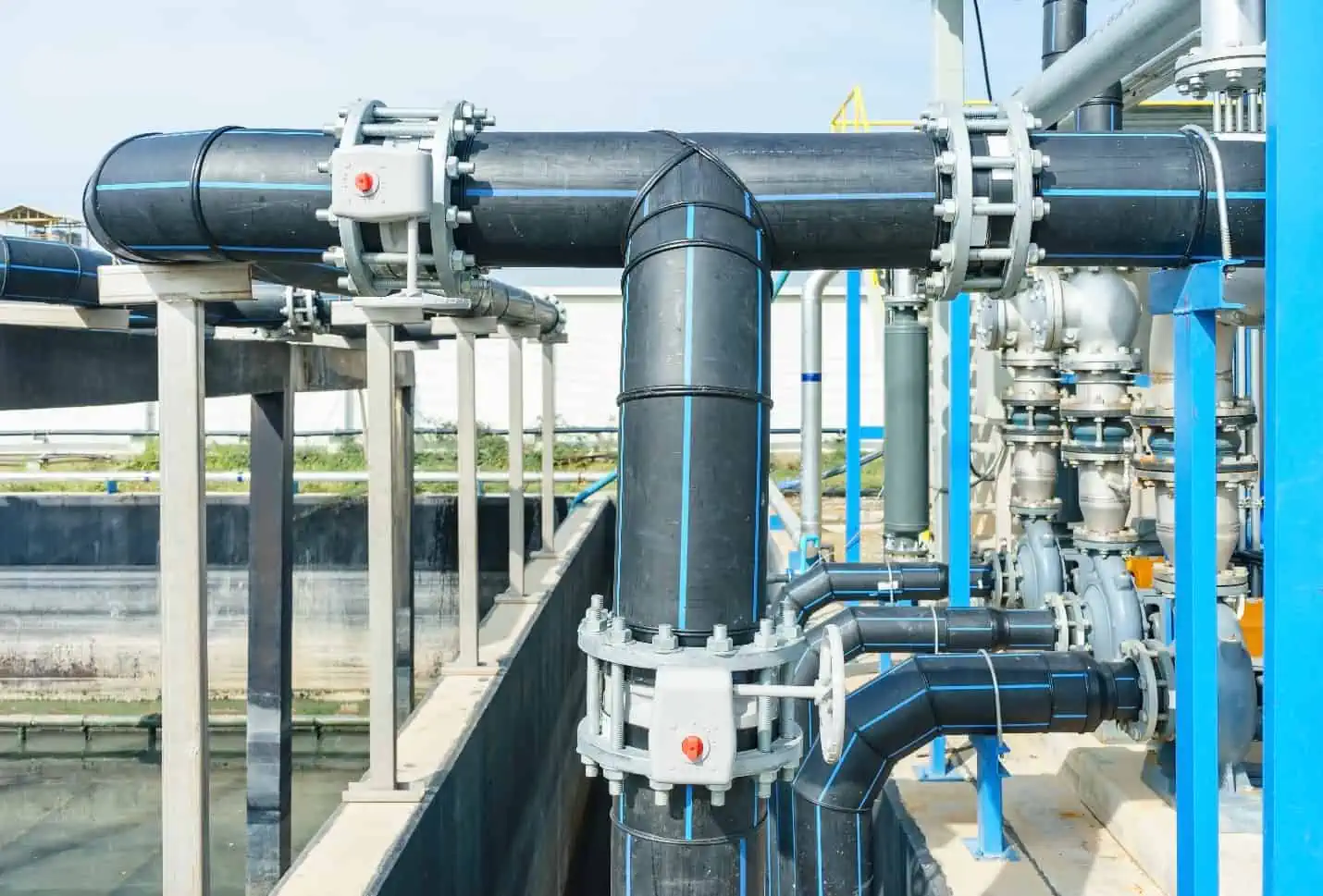High-density polyethylene (HDPE) pipes are strong, durable, and chemical-resistant thermoplastic pipes used in various applications including water supply systems, oil and gas, and infrastructure projects. When designing fluid systems that use HDPE pipes, one of the essential parameters that need to be considered is the friction factor.

This article explains the friction factor of HDPE pipes, its calculation, its impact on system performance, and the applications of HDPE pipes in various industries.
Friction Factor in HDPE Pipes
High-density polyethylene pipes are thermoplastic polymer pipes that are known for their high strength, durability, and resistance to a wide range of chemicals and environmental conditions. An essential aspect in designing and using HDPE pipes is understanding their friction factor, which impacts head loss, flow, and energy efficiency of the system.
The friction factor, also commonly known as the Darcy friction factor denoted as “f”, is a dimensionless value that represents the resistance offered by the pipe material to the flow of fluid within it. In general, its value is influenced by both the material’s surface roughness and the fluid flow’s Reynolds number. However, for smooth-walled pipes like HDPE, it is primarily influenced only by the Reynolds number.

Elevate Your Engineering With Excel
Advance in Excel with engineering-focused training that equips you with the skills to streamline projects and accelerate your career.
The Reynolds number is a dimensionless quantity that relates the fluid’s inertial forces to its viscous forces. For laminar flow or low Reynolds numbers, the friction factor can be calculated using the following formula:

Where:
- f = friction factor [unitless]
- Re = Reynolds number [unitless]
For higher Reynolds numbers, the friction factor correlation can be obtained using various empirical formulas. A commonly used formula for smooth-walled pipes was developed by Prandtl, as shown below:

Notice that this equation does not consider pipe roughness. This is acceptable because HDPE pipes are smooth. However, if you want to account for roughness, the Colebrook equation can be used:

Where:
- ε = absolute roughness of the inner pipe surface [cm or in]
- D = pipe diameter [cm or in]
HDPE pipes have a relatively smooth surface, with a typical roughness value (ε) around 0.0001 mm. Alternatively, the friction factor can be estimated using the Moody chart, shown below:

The Moody chart is based on the Colebrook equation, and is accurate to ±15 percent. It can be used for both circular and noncircular HDPE pipelines.
HDPE pipes generally have lower friction factors compared to other pipe materials like concrete or steel. This characteristic adds to the energy efficiency and cost-effectiveness of utilizing HDPE pipes in various applications.
In a study conducted at the Utah Water Research Laboratory on 12-inch, 15-inch and 18-inch diameter HDPE pipes with a ribbed interior, their average friction factors were found to be equal to 0.0262, 0.0378, and 0.0243, respectively. However, these values may change depending on pipe flow conditions.
For design purposes, engineers must account for the changes in friction factor as the fluid flow transitions between laminar, transitional, and turbulent regimes. Moreover, when selecting an HDPE pipe, consider factors such as diameter, wall thickness, and pressure rating to achieve the desired performance while accounting for the friction losses appropriately.
Calculating Friction Loss of HDPE Pipe
The Darcy-Weisbach equation is the most common method for calculating the head loss due to friction in pipelines. The equation is as follows:

Where:
- hf = head loss due to friction [m]
- L = pipe length [m]
- V = flow velocity [m/s]
- g = acceleration due to gravity [9.81 m/s2]
It is essential to carefully consider the accuracy of the calculated friction factor since small errors may significantly impact the overall head loss. Inaccurate data or improper calculations can lead to the selection of inappropriate pipe sizes, resulting in inefficient pipeline systems.
Applications of HDPE Pipes
One of the most common applications of HDPE pipes is in water distribution systems. They are used to transport drinking water for cities, municipalities, and buildings, and reclaimed water for use in non-potable applications such as agriculture, toilets, and textile/paper manufacturing. HDPE pipes are also used for irrigation, making them an essential component in agricultural systems.

Another common application for HDPE pipes is in gas distribution systems. They are ideal for this use because they are lightweight, flexible, and resistant to corrosion. They can be used to transport natural gas, propane, and other gases.
Other applications of HDPE pipes include mining, oil and gas, and infrastructure projects. They are often used to transport chemicals, acids, and other hazardous materials, thanks to their resistance to corrosion and chemical damage. Additionally, HDPE pipes are a popular choice for infrastructure projects such as bridges and tunnels, as they are lightweight and easy to install.
